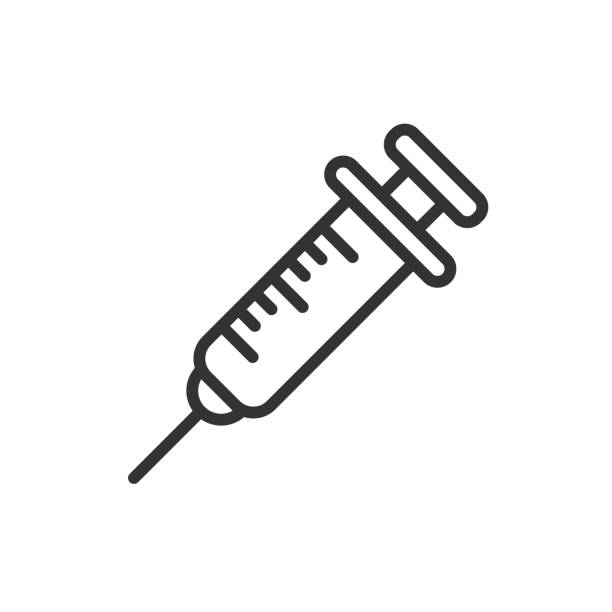Mometasone Furoate + Formoterol Fumarate
Indications
This inhaler is used for asthma as follows:
- This inhaler is a prescription medicine used to control symptoms of asthma and prevent symptoms such as wheezing in people 12 years of age and older.
- This inhaler contains Formoterol which is a Long Acting β2 Agonist (LABA). When it is used alone increase the risk of hospitalizations and death from asthma problems. This contains an ICS and a LABA. When an ICS and LABA are used together, there is not a significant increased risk in hospitalizations and death from asthma problems.
- This inhaler is not for adults and adolescent patients with asthma who are well controlled with an asthma control medicine, such as a low to medium dose ICS medicine. This inhaler is for adults and adolescent patients with asthma who need both an ICS and LABA medicine.
Pharmacology
Mometasone furoate is an inhaled corticosteroid- ICS for short. Inhaled corticosteroids help to decrease inflammation in the lungs. Infammation in the lungs can lead to breathing problems. Formoterol fumarate is a long-acting beta-2 agonist- LABA for short. LABA medicines help the muscles around the airways of the lungs stay relaxed to prevent asthma symptoms, such as wheezing, cough, chest tightness, and shortness of breath. These symptoms can happen when the muscles around the airways tighten. This makes it hard to breathe.
Dosage And Administration
Adult and adolescent patients aged 12 Years and older: Dosage is either 2 inhalations twice daily of 200 HFA inhaler or 100 HFA inhaler. When choosing the starting dosage strength of this inhaler, consider the patients' disease severity, based on their previous asthma therapy, including the inhaled corticosteroid dosage, as well as the patients' current control of asthma symptoms and risk of future exacerbation. The maximum recommended dosage is two inhalations of 200 HFA inhaler twice daily (maximum daily dosage 800 mcg/20 mcg). After each dose of 2 puffs, rinse your mouth with water. Spit out the water. Do not swallow it. This will help to prevent thrush in your mouth or throat.
Administration
- Remove the cap and shake the inhaler vigorously before each use.
- Holding the inhaler well away from your mouth, breathe out gently (but not fully).
- Place the mouthpiece in your mouth and close your lips around it.
- After starting to breathe in slowly and deeply through your mouth, press the metal canister firmly to release the powder, and continue to breathe in.
- Remove the inhaler from your mouth and hold your breath for 10 seconds, or as long as it is comfortable, then breathe out slowly.
- If you take a second inhalation, you should wait for at least one minute before repeating steps 2, 3 and 4. After use replace the cap on the mouthpiece.
- Check your technique in front of a mirror from time to time, if you see a white mist during the inhalation you may not have closed your lips properly around mouthpiece, or you may not be breathing in as you press the can. This indicates failure of technique. If this happens, repeat the procedure from step 2 carefully.
- It is very important that the plastic mouthpiece is to be cleaned regularly to prevent build-up of spare powder. Remove the metal canister and wash the plastic mouthpiece in warm water at least twice a week. Leave to dry in a warm place overnight. No harm will come with from washing the mouthpiece every day. For further assistance / information please consult with your physician.
Interaction
- Strong cytochrome P450 3A4 inhibitors: Use with caution. May cause increased systemic corticosteroid effects.
- Adrenergic agents: Use with caution. Additional adrenergic drugs may potentiate sympathetic effects
- Xanthine derivatives and diuretics: Use with caution. May potentiate ECG changes and/or hypokalemia.
- MAO inhibitors, tricyclic antidepressants, macrolides, and drugs that prolong QTc interval: Use with extreme caution. May potentiate effect on the cardiovascular system.
- Beta-blockers: Use with caution and only when medically necessary. May decrease effectiveness and produce severe bronchospasm.
- Halogenated hydrocarbons: There is an elevated risk of arrhythmias in patients receiving concomitant anesthesia with halogenated hydrocarbons.
Contraindications
This combination is contraindicated in the primary treatment of status asthmaticus or other acute episodes of asthma where intensive measures are required. This combination is contraindicated in patients with known hypersensitivity to Mometasone Furoate, Formoterol Fumarate, or any of the ingredients in this combination.
Side Effects
The most common side effects of this combination include inflammation of the nose and throat, inflammation of the sinuses, headache, flu, and upper respiratory infection. Other less common side-effects include: serious allergic reactions, thrush in the mouth & throat, reduces adrenal function, increase in wheezing, lower bone mineral density in osteoporosis patient, slowed growth in children, glaucoma, blurred vision & hypokalemia.
Pregnancy And Lactation
The use of this combination during pregnancy and lactation should be restricted to those patients in whom the benefits clearly outweigh the risk.
Use in special populations
Hepatic/Renal Impairment: There are no data regarding the specific use of this combination in patients with hepatic or renal impairment.
Geriatrics: The pharmacokinetics of this combination have not been specifically studied in the elderly population.
Storage Conditions
Keep out of the reach of children. Store below 30°C protected from direct sunlight and heat. Keep away from contact of eyes. The container should not be punctured, broken or burnt even when apparently empty.
